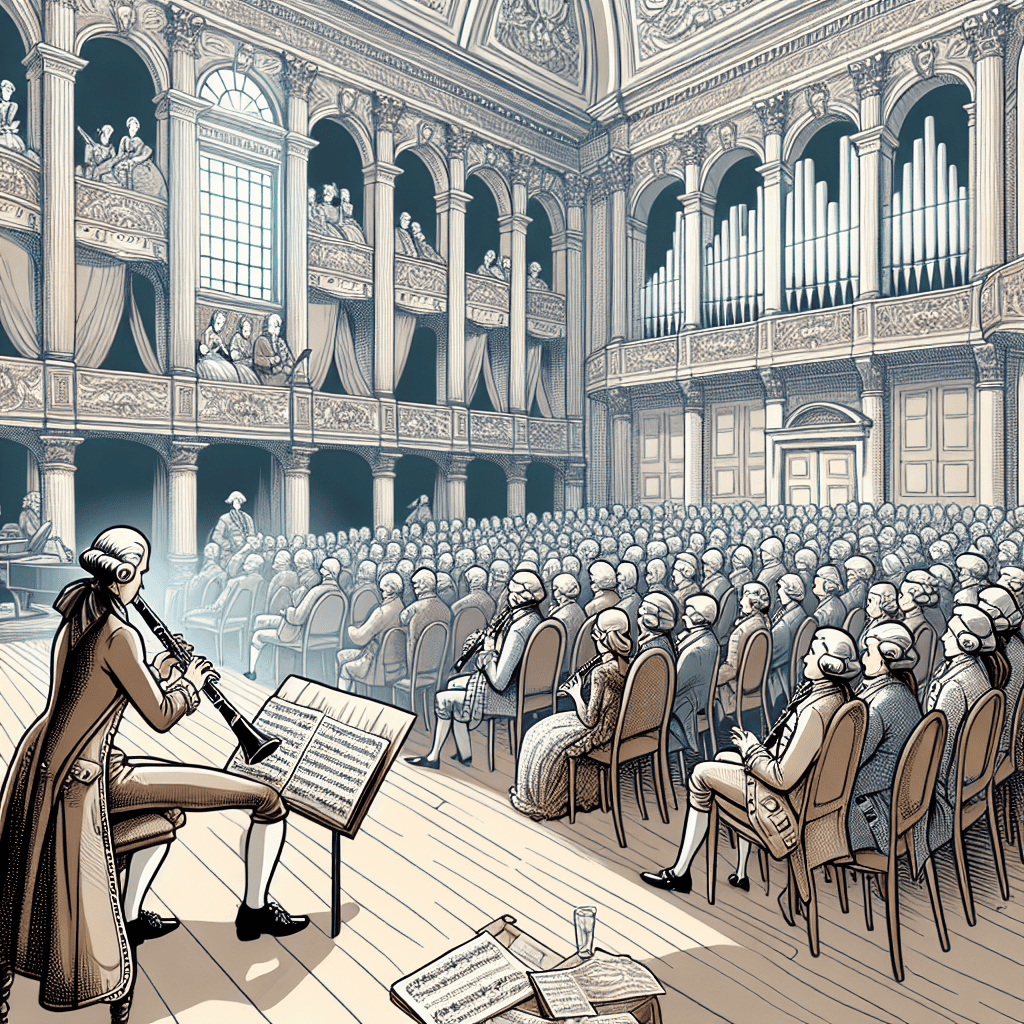The E Melodic Minor Scale, comprising E, F?, G, A, B, C?, D?, and E, holds a special place in clarinet music. This scale's beauty lies in its versatility; it can evoke a wide range of emotions depending on how it's used. The E Melodic Minor scale has left its mark on countless compositions, influencing both classical and contemporary music.

Clarinet Fingering Charts are always FREE at MartinFreres.net!
Historical Roots of the E Melodic Minor Scale
The E Melodic Minor scale emerged in the late 19th century. During this period, composers began to break free from traditional tonal systems, experimenting with new scales and modes. Clarinetists discovered that the E Melodic Minor scale offered a fresh sound, opening up new expressive possibilities and expanding the instrument's repertoire.
Influential Compositions Featuring the E Melodic Minor Scale
Over the years, many pieces have highlighted the charm of the E Melodic Minor scale. Renowned composers such as Claude Debussy and Igor Stravinsky, as well as jazz legends like John Coltrane, incorporated this scale's distinctive notes into their works. These compositions often showcase the scale's emotional depth, allowing clarinetists to tell compelling musical stories.
| Composer | Genre | Notable Works Using E Melodic Minor |
|---|---|---|
| Claude Debussy | Impressionist | “Première Rhapsodie” |
| Igor Stravinsky | Neoclassical | “Three Pieces for Clarinet Solo” |
| John Coltrane | Jazz | “Impressions” |
Versatility Across Musical Genres
The E Melodic Minor scale's importance extends beyond classical compositions to modern genres. Clarinetists who master this scale can smoothly transition between classical, jazz, and contemporary styles. This versatility adds a unique flavor to performances and increases its value in today's diverse musical landscape.
Practice and Technique
Many clarinetists incorporate the E Melodic Minor scale into their daily practice routines. Regular practice of this scale helps develop finger agility, enhance tonal quality, and improve intonation – all key elements for successful performances.
Emotional Expression Through the E Melodic Minor Scale
Beyond its technical benefits, the E Melodic Minor scale serves as a powerful tool for emotional expression. Performers use it to convey a wide range of feelings, from joy to sorrow. This expressive capacity is especially valuable in genres like jazz, where connecting emotionally with the audience is paramount.
Historical Significance and Instrument Quality
The E Melodic Minor scale has become an important part of clarinet history. High-quality instruments, such as those made by Martin Freres, are known for their ability to fully realize the scale's expressive range. The smooth response and rich intonation of these clarinets make them popular among professional players.
Advanced Techniques and Musical Settings
Mastering the E Melodic Minor scale involves more than just correct finger placement. Clarinetists explore various articulations and dynamics to achieve both technical precision and emotional depth. The scale's presence in different musical contexts allows performers to appreciate its versatility and importance across various styles.
Contemporary Relevance of the E Melodic Minor Scale
Understanding the E Melodic Minor scale's historical significance remains important in today's clarinet music. This knowledge enriches a player's musical understanding and enhances their overall performance. Many clarinetists build upon the lessons of past masters, contributing to the ongoing evolution and appreciation of this beloved scale.
Conclusion
The E Melodic Minor scale has secured its place in clarinet music and the broader musical world. Its unique combination of emotional depth and technical challenge ensures its continued relevance. Whether you're a beginner or an experienced player, understanding this scale is key to your musical journey.
Table of Contents
- Historical Roots of the E Melodic Minor Scale
- Influential Compositions Featuring the E Melodic Minor Scale
- Versatility Across Musical Genres
- Practice and Technique
- Emotional Expression Through the E Melodic Minor Scale
- Historical Significance and Instrument Quality
- Advanced Techniques and Musical Settings
- Contemporary Relevance of the E Melodic Minor Scale
- Conclusion








